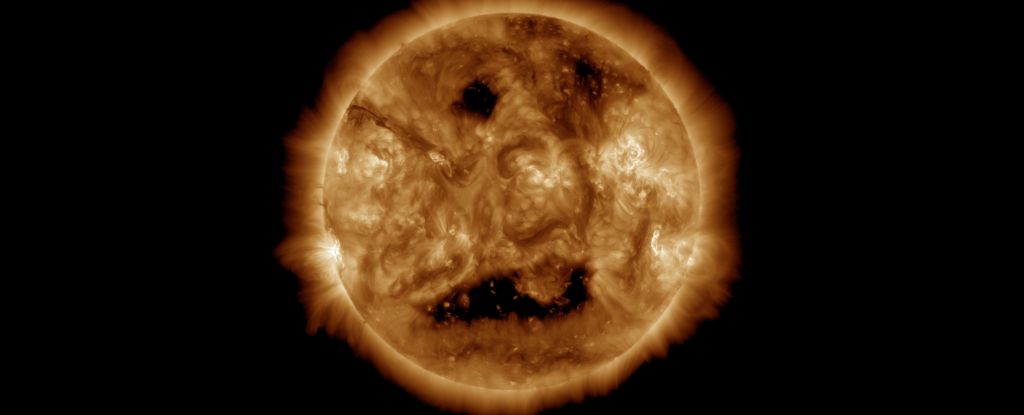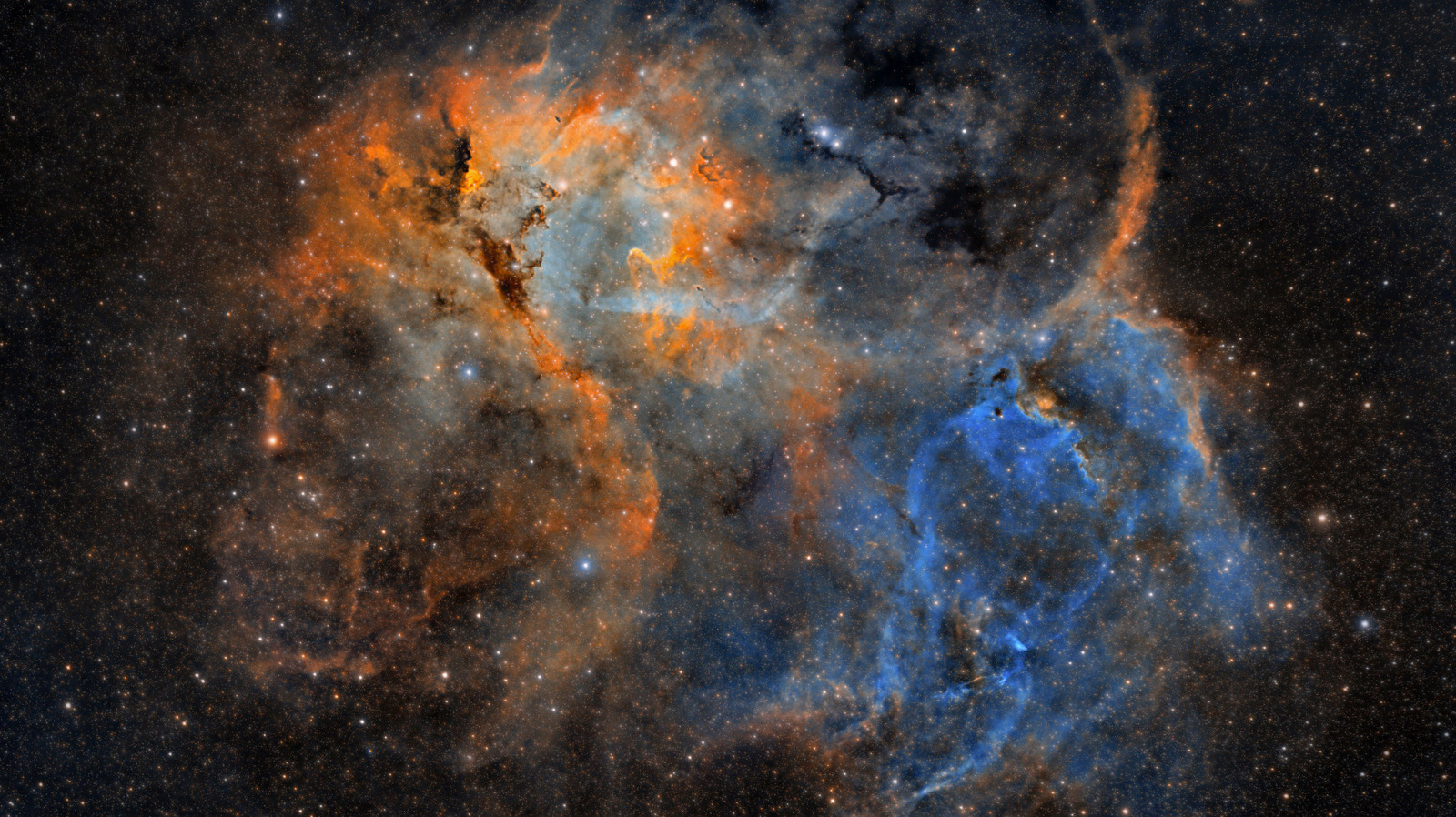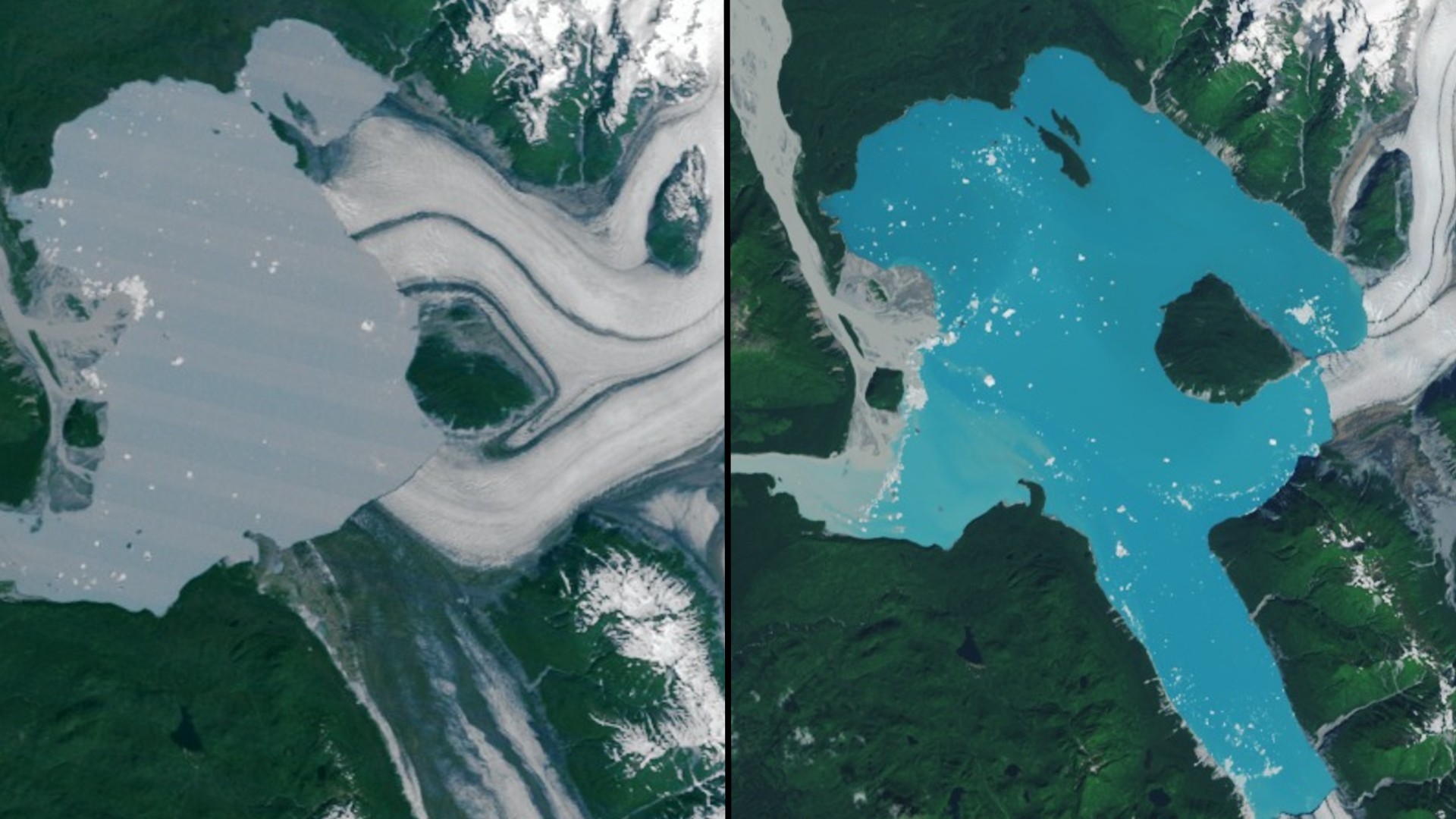Giant Coronal Hole on the Sun Sends Solar Winds Towards Earth

A massive coronal hole on the Sun, roughly the size of five Jupiters, is currently sending a stream of solar particles in the direction of Earth, captivating astronomers and space enthusiasts alike. This intriguing phenomenon, while it may sound alarming, is simply a natural occurrence in solar dynamics.
To clarify, this is not an actual hole in the Sun but a region known as a coronal hole. Within these areas, the Sun's magnetic field has opened up, allowing solar winds—streams of charged particles released from the Sun's atmosphere—to escape more freely into space. The solar winds are a constant feature of our solar system, but the presence of a coronal hole intensifies the flow, creating a gust that travels through the vastness of space.
When viewed in optical wavelengths, the Sun appears as a bright, uniform ball, making it difficult to discern these features without specialized equipment. However, if you observe the Sun in ultraviolet light, the cooler and less dense regions of the coronal holes manifest as vast patches of darkness. Currently, the configuration of these coronal holes resembles a face, with a prominent mouth-like opening in the southern hemisphere and two larger spots resembling eyes in the northern hemisphere. Each of these 'eyes' is comparable in size to Jupiter, making this solar feature both fascinating and visually striking.
Despite the dramatic imagery, there is no need for alarm. Coronal holes are a common feature of the Sun's behavior and are well-documented phenomena. The solar winds they emit have the potential to generate geomagnetic storms when they interact with Earth's magnetosphere. However, these storms tend to be mild, especially in comparison to the more violent disturbances caused by coronal mass ejections (CMEs), which are massive bursts of solar wind and magnetic fields rising above the solar corona or being released into space.
The British Met Office has weighed in on the situation, noting that while the coronal hole in the Sun’s southern hemisphere may create a fast wind enhancement, the confidence in this event leading to significant geomagnetic activity is low. The potential for a minor geomagnetic storm is there, but it is expected to result in only a slight increase in solar wind activity rather than a full-blown storm.
Moreover, in recent days, Earth has already experienced some intense solar activity, characterized by a powerful G4 geomagnetic storm that painted the night skies with spectacular displays of auroras borealis and australis. Observers in regions that typically do not witness such displays were treated to a vibrant light show, as the effects of the solar storm reached far beyond the poles.
The Sun is currently transitioning from a highly active phase in its solar cycle, which suggests that we might encounter more surprising and exciting events in the days and weeks to come. With the Sun's unpredictable nature, it's important to stay informed. Perhaps next time, we might wish for the Sun to present a less 'worried' face!




























